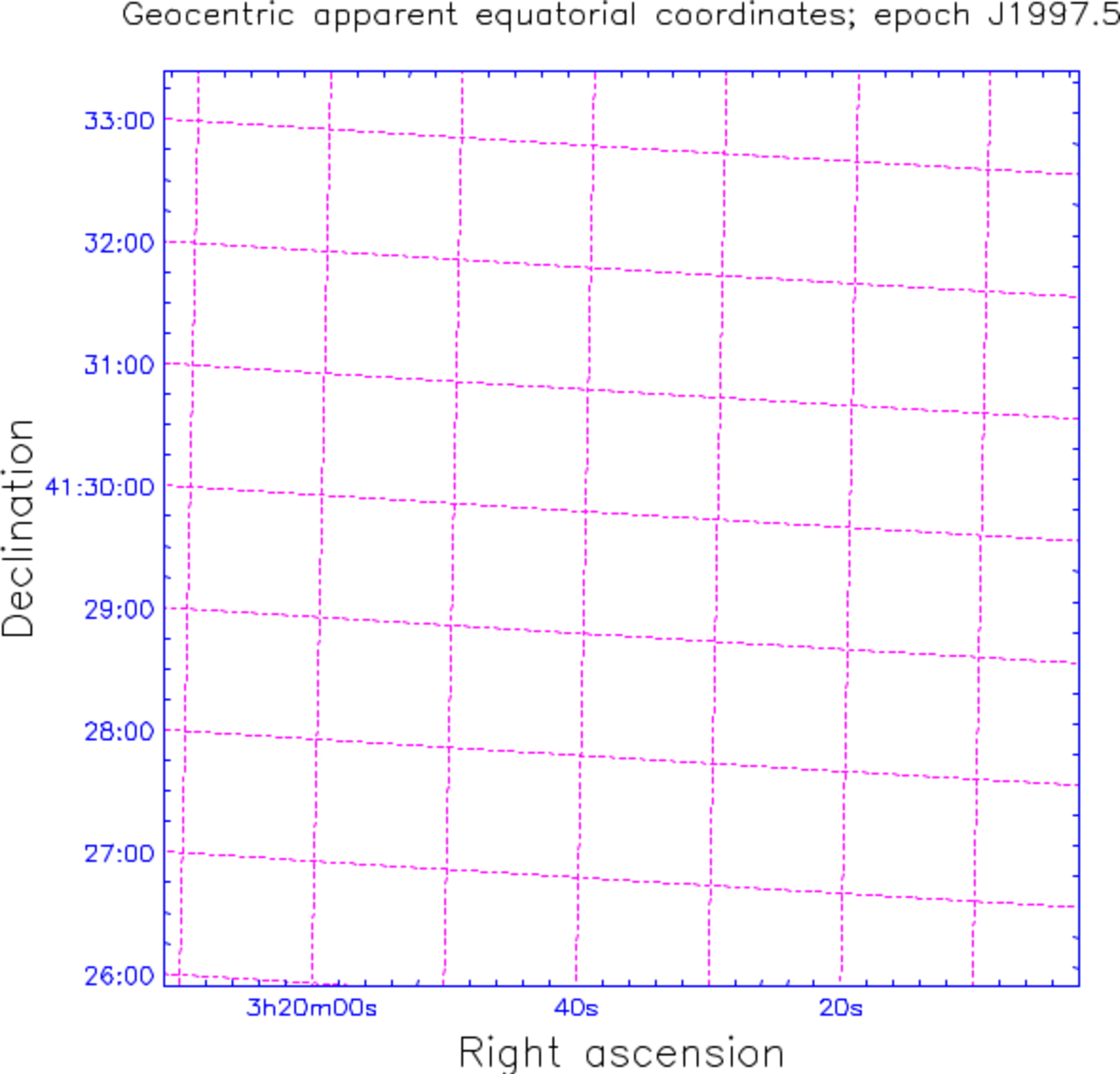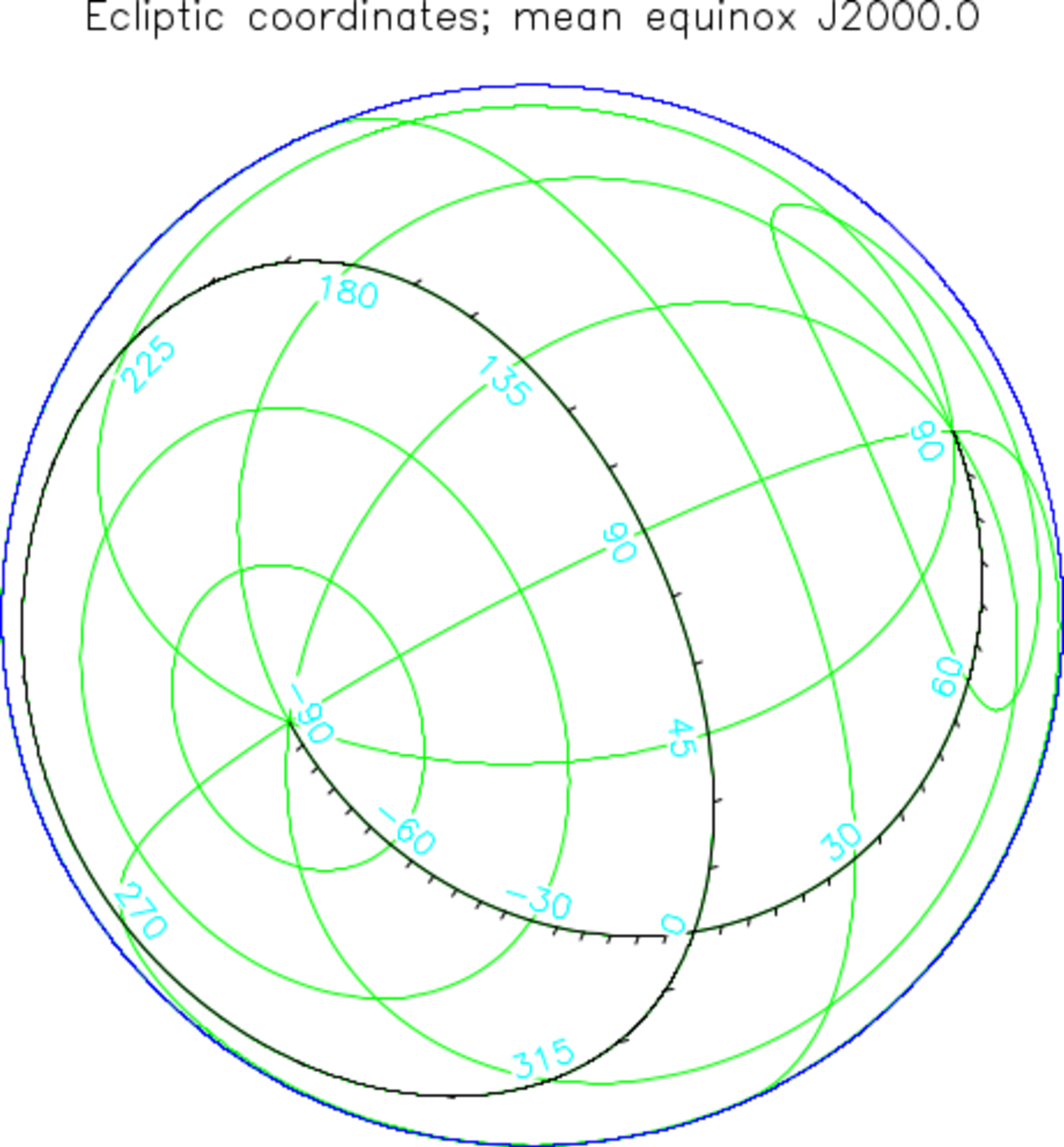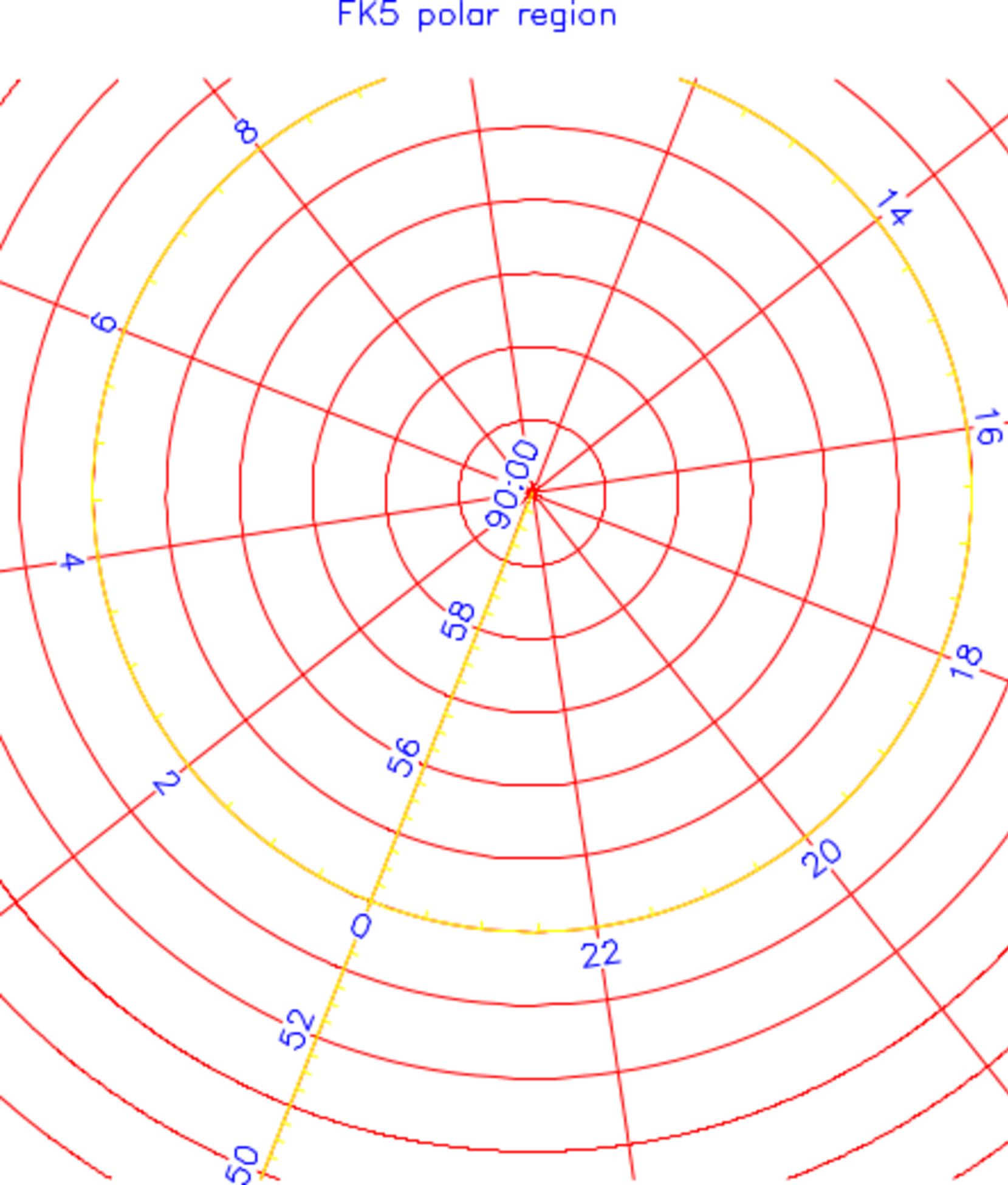SUN/210.30
Starlink Project
Starlink User Note 210.30
R.F. Warren-Smith & D.S. Berry
6th Jan 2022
Copyright (C) 2021 East Asian Observatory
AST
A Library for Handling
World Coordinate Systems
in Astronomy
V9.2
Programmer’s Guide
(Fortran Version)


